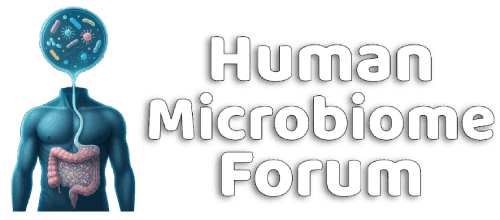Michael Harrop
Well-known member
https://www.thewildest.com/dog-health/bpa-dog-toys-obesity-study-news
https://www.sciencedirect.com/science/article/abs/pii/S0045653524014735
https://www.sciencedirect.com/science/article/abs/pii/S0045653524014735
Bisphenol A, aka BPA, is a chemical compound used in many plastics — and for years, it has been linked to a variety of health problems in humans and animals. For dogs, one potential source of exposure to BPA is also one of their greatest joys: their toy box. A new study published in Chemosphere finds that chewing on toys containing BPA may lead to obesity in dogs.
Highlights
- Bisphenol A migrates into artificial saliva from certain dog products.
- Bisphenol A promotes adipogenesis in canine adipose-derived stem cells.
- Bisphenol A induces the distinctive gene expression changes in cADSCs and activated the PPAR signaling pathway.
- Bisphenol A may have harmful effects on the health of dogs, warranting further investigation.
Abstract
The growing number of companion dogs has contributed to a rapidly growing market for pet products, including dog toys. However, little is known about the hazardous substances released from dog toys. This study aims to examine the potential presence of obesogens, a subset of endocrine-disrupting chemicals (EDCs) that are widely utilized as raw materials in the manufacture of dog toy components, and their effects on dog health.
To achieve this, we adapted and employed a migration method typically used for children's products to simulate obesogen exposure in dogs through sucking or chewing toys. We demonstrated that out of various obesogens, bisphenol A (BPA) was released from dog toys into synthetic saliva, whereas phthalates and azo dyes were not detected in any of the leachates. Additionally, we found that BPA induced adipogenic differentiation in canine adipose-derived stem cells (cADSCs).
Our RNA sequencing experiments revealed that BPA alters the adipogenesis-related gene signature in cADSCs by elevating the expression levels of ADIPOQ, PLIN1, PCK1, CIDEC, and FABP4. The associated transcriptional changes are involved in the peroxisome proliferator-activated receptor (PPAR) signaling pathway, which may contribute to the promotion of adipogenesis by BPA.
Our findings suggest that companion dogs are at risk of BPA exposure, which may contribute to obesity in dogs. Therefore, the implementation of precautionary measures is crucial.
- Format correct?
- Yes
